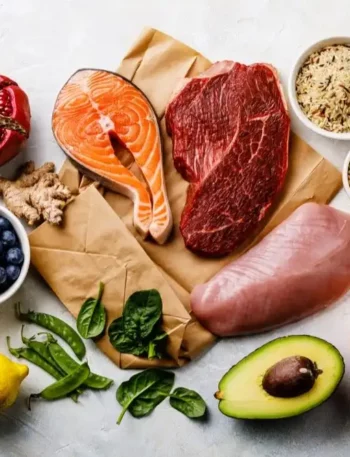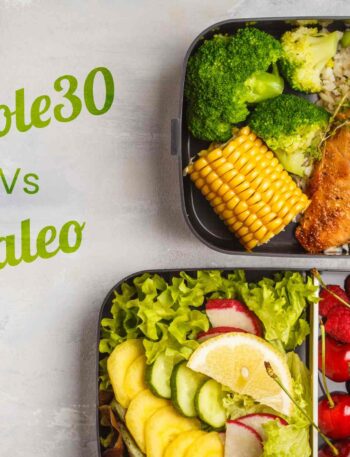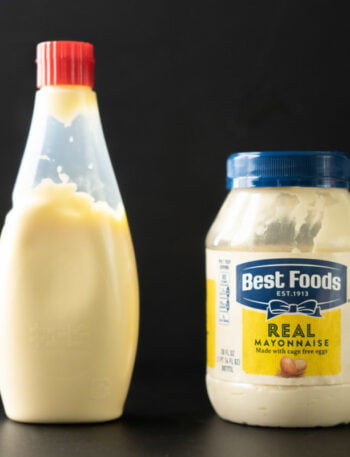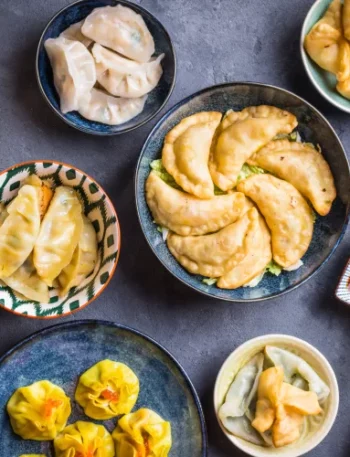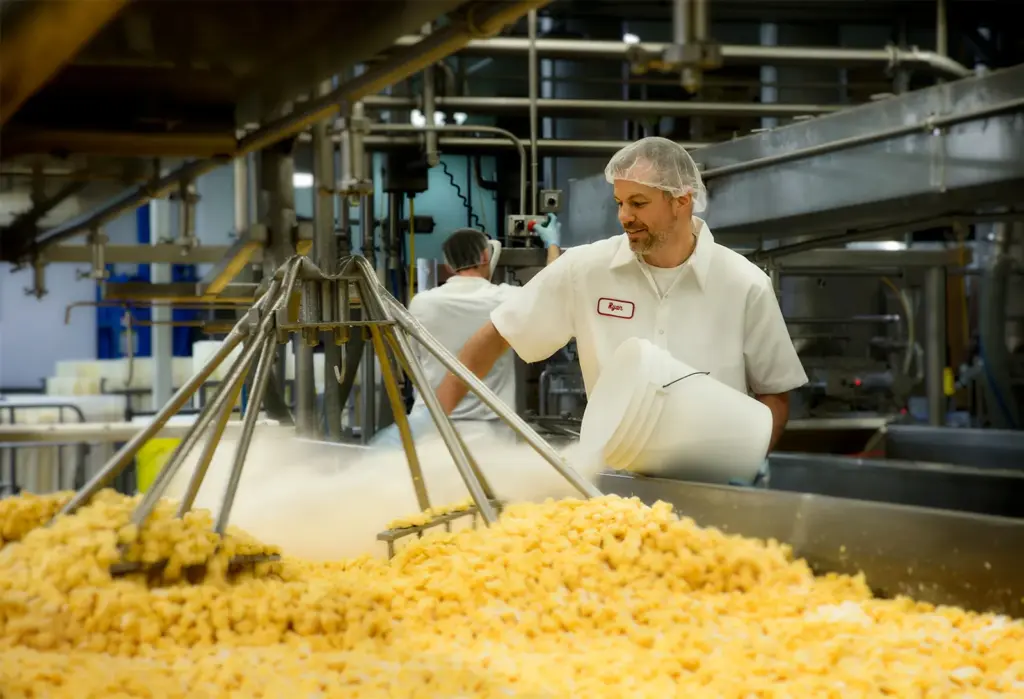
In our modern, fast-paced society, the way we consume food has transformed dramatically. With the click of a button, meals can be delivered to our doorsteps, and processed snacks are just a reach away.
But at what cost? As convenience takes center stage in our culinary choices, we must confront some uncomfortable truths about food processing. Are we trading quality for the ease of grabbing a ready-made meal?
1. Preservatives vs Freshness
Imagine biting into a juicy peach. Now, picture that same peach, perfectly preserved, waiting in a can for months. Preservatives are the unsung heroes of food processing, allowing us to enjoy seasonal fruits year-round.
However, they often come at the cost of freshness and flavor. Many consumers are left wondering: is that can of fruit worth it when the taste of summer is lost?
Research shows that certain preservatives, while deemed safe by regulatory bodies, can have adverse effects on health over time. Sodium benzoate, for example, is linked to allergic reactions in some individuals.
So, while convenience might scream “grab the can,” the question remains — are we willing to sacrifice that burst of natural flavor for something that lasts longer on the shelf?
2. Automation – Efficiency or Erosion of Craftsmanship?
Picture a bustling kitchen filled with chefs expertly crafting gourmet dishes, each ingredient hand-selected and meticulously prepared. Now, contrast that with an automated food processing plant, where machines dictate the pace and quality of production.
Automation has undoubtedly improved efficiency, but it also threatens the artistry behind food preparation.
While machines can enhance consistency, they often lack the human touch that can elevate a dish from ordinary to extraordinary.
Think about it: can a robot truly replicate the love and attention that goes into making grandma’s famous sauce? As consumers increasingly favor processed foods, we must ponder whether we are trading culinary heritage for convenience.
3. Nutritional Content – Are We Eating What We Think We Are?
In an era of health consciousness, the nutritional content of processed foods often takes center stage. Yet, the truth is more complex. Many processed foods, adorned with bright packaging and enticing labels, can deceive us about their actual health benefits.
Take, for instance, breakfast cereals marketed as “healthy.” Often, they are packed with sugar and stripped of fiber.
The ongoing debate about nutrition labels highlights this issue. While the introduction of clearer labeling was intended to empower consumers, many still find it difficult to navigate the maze of ingredients.
The challenge lies in ensuring that food processing maintains the nutritional integrity of ingredients while still meeting consumer demands for convenience.
4. Sustainability – The Environmental Cost of Convenience
As we enjoy the convenience of processed foods, the environmental impact of these choices cannot be overlooked. The food industry is one of the largest contributors to greenhouse gas emissions. From resource-intensive farming practices to excessive packaging, the carbon footprint of convenience foods is staggering.
Consider the life cycle of a frozen meal. From production to transportation to disposal, each step has its environmental consequences.
In light of this, many consumers are beginning to ask: is the convenience of a frozen dinner worth the toll it takes on our planet? Companies are starting to respond by adopting more sustainable practices, but the path to a greener food industry is fraught with challenges.
5. Food Safety – When Convenience Leads to Risk
While convenience can be a boon, it also poses significant safety challenges. The rapid pace of food processing means that mistakes can lead to widespread contamination before they are detected.
Recent outbreaks of foodborne illnesses highlight the fragility of our food supply chain. When a salad kit gets tainted, it can lead to a national recall and a wave of illness — definitely not the kind of convenience anyone signed up for!
Moreover, the increase in global food trade means that safety regulations can vary significantly between countries, complicating the safety landscape even further. This brings us to a critical point: how can we ensure that the convenience of processed foods does not come at the expense of our health?
The journey of food from farm to table is complex, and the challenges in food processing underscore a delicate balancing act. As consumers, we must navigate these intricacies, weighing the convenience of processed foods against their quality and safety.
The choices we make have far-reaching implications — not just for our health, but for the environment and our culinary traditions.
In the end, it’s not about demonizing convenience or praising traditional methods; it’s about finding a middle ground where quality, safety, and sustainability can coexist. So next time you reach for a quick meal, pause for a moment.
Ask yourself: what are you really sacrificing for that convenience? In the world of food, sometimes the slow way is the best way.


